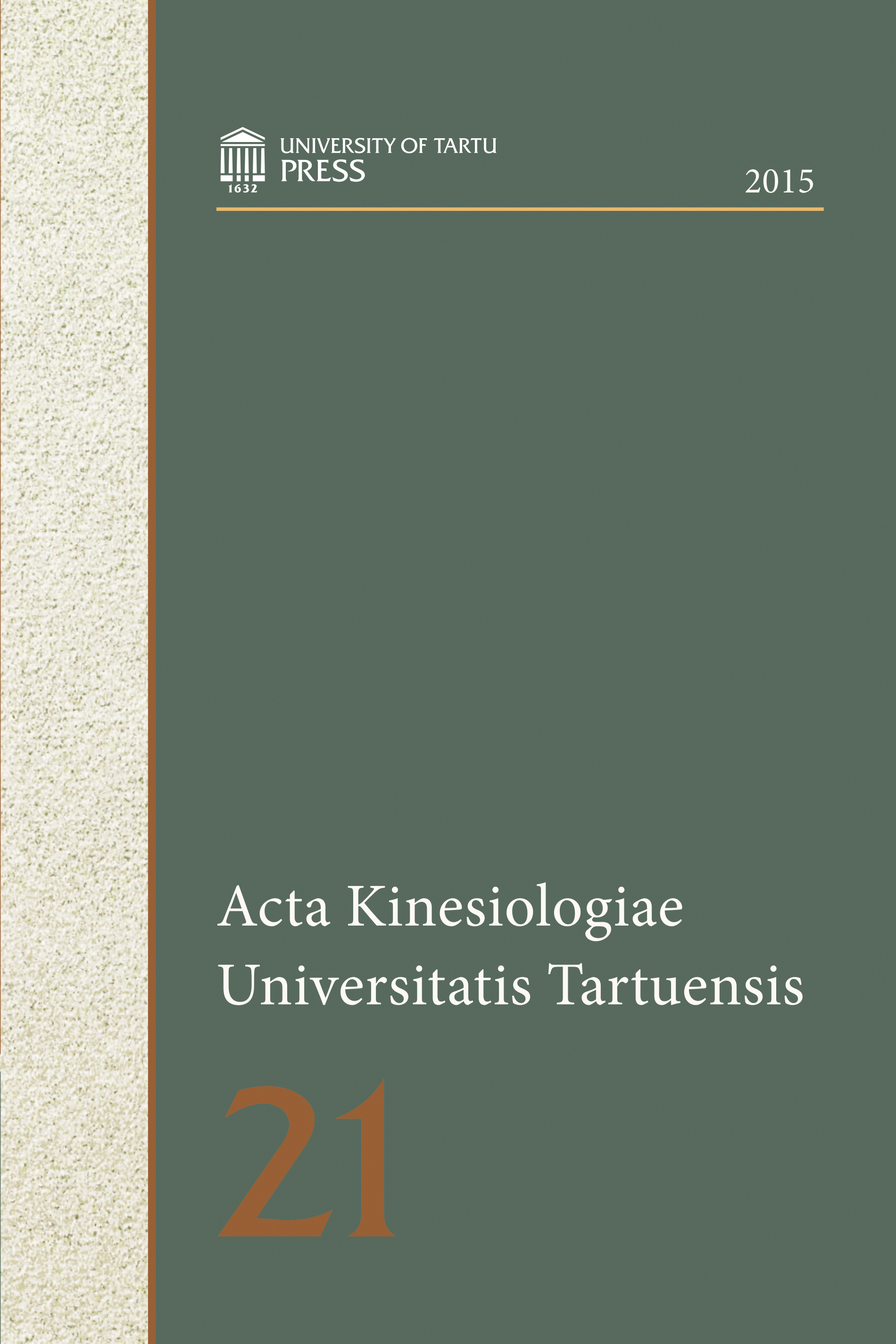Cytokine response to typical field sports practices in adolescent athletes
DOI:
https://doi.org/10.12697/akut.2015.21.02Keywords:
inflammatory mediators, adolescent athletes, sports trainingAbstract
The present study compares previous reports on the effect of “real-life” typical field individual (i.e. cross country running and wrestling – representing combat versus non-combat sports) and team sports (i.e. volleyball and water-polo – representing water and land team sports) training on pro (IL-6) and anti (IL-1 receptor antagonist – IL-1ra) inflammatory mediators in male and female late pubertal athletes. An increase in IL-6 was found following each of the training sessions. In contrast, a significant increase in IL-1ra was found only following the cross-country, wrestling and water-polo practices and not following the volleyball practices in both genders. There was no difference in the inflammatory response between individual and team sports practices. The inflammatory response to the typical practices was correlated with the practice-associated lactate change. The greatest increase in IL-6 and IL-1ra occurred following contact sport practices, and was greater following land (wrestling) compared to the water (water-polo) practice suggesting that this increase may reflect muscle tissue damage and not necessarily training intensity. Further research is needed to better understand the influence of “real-life” typical training on exercise training adaptations of adolescent athletes.Downloads
Download data is not yet available.


